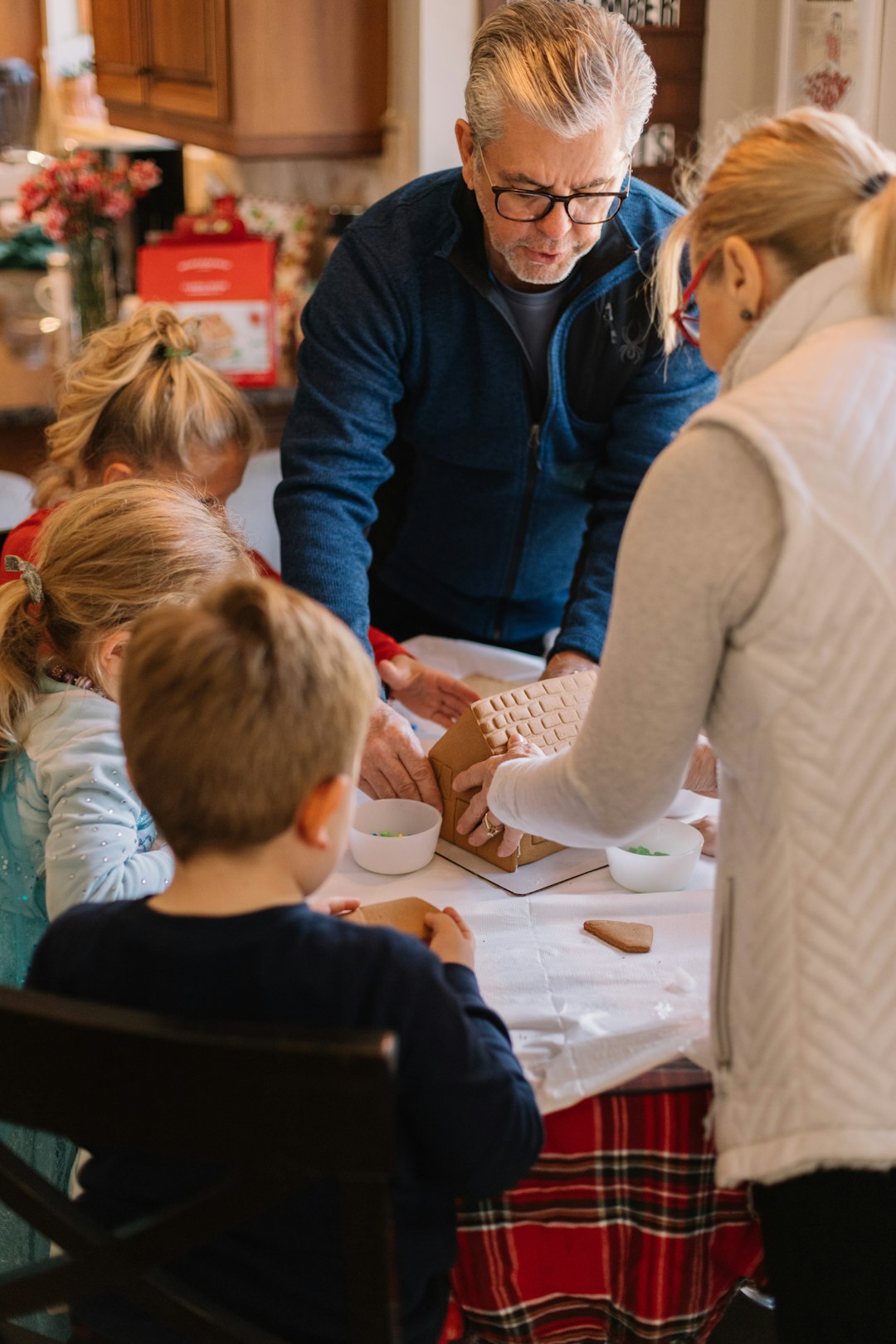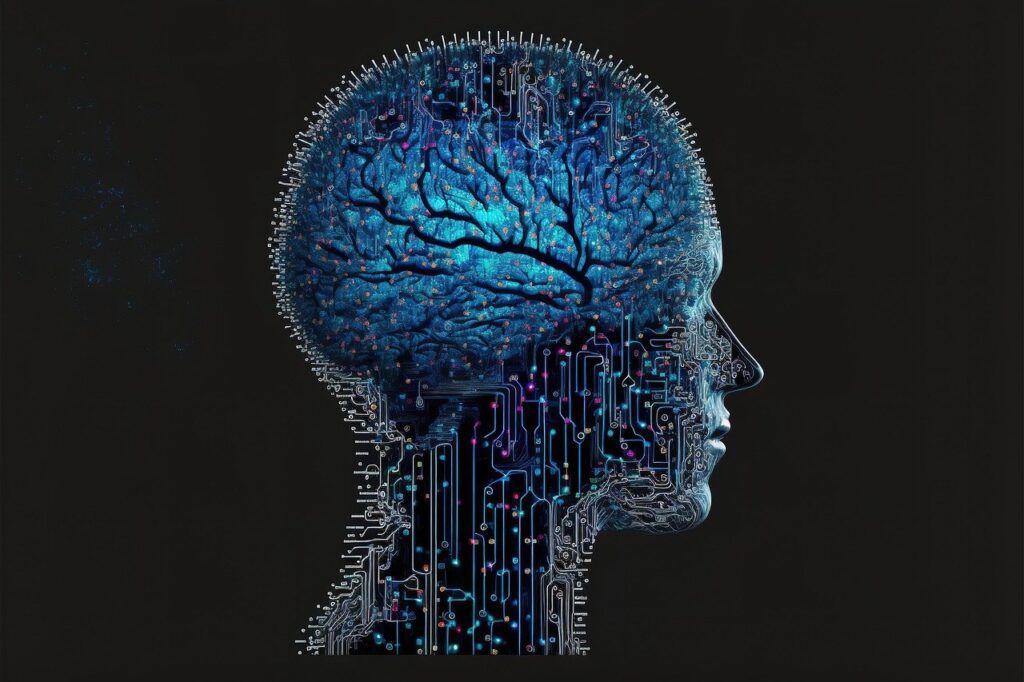
These days, it appears that “diversity” is a dirty word, and the term generally evokes thoughts about different races, ethnicities, co-ed spaces, and the inclusion of the disabled in various environments. But what isn’t included enough in that conversation is bridging generational gaps. Bridging generational gaps is more important than ever, whether personally or professionally. With multiple generations living and working side by side, understanding how to foster intergenerational collaboration can foster greater understanding and boost creativity and productivity.
Generational relationships hold the key to unlocking new perspectives and ideas, and enrich personal interactions. Appreciating the unique strengths that each age group brings to the table provides a depth of strength that is beneficial, especially when it comes to preparedness. In this article, I want to present practical ways to enhance personal relationships across generations, making them more fulfilling and effective.
Understanding Generational Relationships
Generational relationships are key to creating dynamic environments, whether in personal or professional settings. By recognizing the unique contributions each generation brings, we can better bridge generational gaps and foster meaningful connections.
Which Generation Are You?
Across the internet, the different generations poke at each other, often highlighting what are perceived as negative traits and creating videos that perpetuate stereotypes. Are you a cranky Boomer? An anti-social GenXer (that would be my group)? A disillusioned Millennial? What exactly is Gen Alpha? Here is a quick breakdown and a description of their generation and what shaped their perspectives:
The Greatest Generation (Born 1901-1924)
Defining Events: World War I, the Great Depression, World War II.
Key Characteristics: Resilience, strong work ethic, patriotism, sense of duty, respect for authority.
The Silent Generation (Born 1925-1945)
Defining Events: Korean War, McCarthyism, the Cold War.
Key Characteristics: Conformity, loyalty, hard work, respect for institutions, traditional values.
Baby Boomers (Born 1946-1964)
Defining Events: Post-World War II economic boom, Civil Rights Movement, Vietnam War, Space Race.
Key Characteristics: Optimism, ambition, competitiveness, work-centric values, desire for progress, questioning of authority, and strong social activism. They have a high degree of adaptability and resourcefulness.
Generation X (Born 1965-1980)
Defining Events: The rise of personal computers and the internet, economic volatility, the AIDS epidemic, and the fall of the Berlin Wall. The first “latch-key” kids, as divorce among their parents increased during this period and both parents had to work. Women became more economically empowered.
Key Characteristics: Independence, resourcefulness, adaptability, skepticism, prioritizing work-life balance, and technological fluency (as they witnessed the dawn of the internet age).
Xennials (Born 1977-1983) – The Only “Micro Generation”
Defining Events: The Challenger Explosion, entering the workforce during the Great Recession, 2007-2009.
Key Characteristics: Analog Childhood, Digital Adulthood: Xennials grew up in a world without the pervasive digital technology of today. Xennials often display a combination of the skepticism attributed to Gen X and the optimism and drive often associated with Millennials.
Millennials (Generation Y, Born 1981-1996)
Defining Events: 9/11 attacks, the Great Recession, rise of social media and smartphone technology.
Key Characteristics: Tech-savvy, adaptable, value-driven, seek meaningful work, desire for flexibility and continuous learning, entrepreneurial spirit.
Generation Z (Born 1997-2012)
Defining Events: Growing up with constant internet connectivity, rapid technological advancements, global connectivity.
Key Characteristics: Digital natives, comfortable with multitasking across devices, value authenticity and transparency, strong interest in visually-driven content, prioritize mental health, pragmatic about work, and have a passion for social justice issues. They show high interest in AI and gaming as a means of social interaction and skill development.
Generation Alpha (Born 2013-2025)
Defining Events: Growing up in a world shaped by AI and advanced technologies, global connectedness, the pandemic’s impact on education.
Key Characteristics: Digital natives from birth, comfort with voice interaction, strong influence of millennial parents on their preferences, interest in sustainability and environmental issues, high engagement with social media and gaming. They may prefer visual and interactive learning methods and may struggle with maintaining attention spans.

Bridging Generational Gaps
Bridging generational gaps requires empathy and understanding. As you can see from the above, each generation has its values, experiences, and expectations. Recognizing these differences is crucial. For instance, while Baby Boomers might value face-to-face communication, their Millennial nephew might prefer digital interactions.
To bridge these gaps, start by encouraging open conversations about these different preferences and experiences. In groups, this can be done by hosting intergenerational meetings where individuals share their viewpoints, especially if there is a clash in how to approach a problem or situation. Fostering environments where diverse perspectives are valued can strengthen team cohesion. If you’re in a prepper group, team cohesion and respect for the unique contributions of each member are essential, and effective communication is vital.
Creating opportunities for cross-generational mentoring is another effective strategy. Pairing individuals from different generations can facilitate learning and mutual respect.
Personal Relationships Across Generations
Personal relationships across generations enhance our understanding of diverse life stages. Such connections can enrich personal growth and provide varied perspectives on life challenges. For instance, grandparents often offer wisdom that younger family members can learn from. Boomers can talk about how they had bomb drills, which would resonate with the younger generations who are currently facing the possibility of nuclear war or other conflict. From a prepping perspective, Boomers may have grown up with Depression-era parents, and may already know how to can, stockpile food, or raise animals. The younger generation can help Boomers and Xers (we know a lot, but we’re not always super-techy) navigate the world of apps, social media, and how to gather information from the web to help develop bug-out plans, find gear, and conduct effective searches for things the family or group may need.
Building these relationships involves investing time and showing a genuine interest in the other person’s experiences. Listening actively and asking questions about their past can foster deeper connections. Older generations can work on accepting the technology that exists and respect the kids’ ability to work with it, while the younger generation can develop better interpersonal communication skills that don’t involve gadgets.
Effective Workplace, Group, or Family Communication
Effective communication is the backbone of collaborative efforts in any organization or group. It’s about understanding and respecting the diverse communication styles that different generations bring. By doing so, these coworkers, family, or group members can create environments where everyone feels heard, and better understand why a person of a certain age acts, interacts, and responds the way they do. Sometimes, just having that knowledge staves off unnecessary arguments or misunderstandings.
Encouraging Open Dialogue
Open dialogue in the workplace, family, or group setting encourages transparency and trust. By creating spaces where people feel comfortable voicing their opinions, overall communication can improve. Encourage them to share their ideas without fear of judgment.
Host regular team meetings where everyone has a chance to speak.
Implement feedback mechanisms to gather diverse opinions.
Use digital platforms for anonymous suggestions if needed.
Fostering open communication can bridge generational divides and enhance team collaboration.
Leveraging Unique Skill Sets
Each generation brings distinct skills and perspectives. By leveraging these, groups can boost innovation and efficiency. For example, while older employees might have deep industry knowledge, younger ones often bring fresh tech skills.
To capitalize on these differences, team leaders should:
Identify the unique strengths of each team member. Recognize each member’s strengths and skills so that other group members are aware of them, and will approach the person in a way that meets their learning style.
Create mixed-age teams to balance experience with innovation.
Encourage skill-sharing workshops.
Groups that harness these varied skills will be better prepared to execute plans together in a way that works for everyone.
Building a Culture of Intergenerational Collaboration
Creating a culture of intergenerational collaboration involves nurturing an environment where all generations feel valued. This culture promotes inclusivity and drives collective success no matter what the goal may be.
Creating Inclusive Environments
To create inclusive environments, business and group leaders should strive to understand and respect generational differences. This means actively working to accommodate varying needs and preferences in policies and practices.
Ensure flexible working arrangements to cater to different life stages.
Provide training on generational diversity and inclusion.
Encourage interaction between the different members.
Fostering inclusivity not only improves morale but also enhances productivity and getting results, whether it is taking a survival course together or executing a preparedness scenario.
Celebrating Diverse Perspectives
Celebrating diverse perspectives means acknowledging and valuing the unique contributions each individual brings. Diversity in thought leads to innovative solutions and enriches team dynamics.
Encourage teams to celebrate differences by organizing events that highlight generational diversity. Sharing success stories from various age groups can also inspire others and promote a culture of appreciation.
Embracing these differences can transform gatherings into hubs of creativity and collaboration.

Further Reading
For more insights, you can check out this resource here.
HBR, “Bridging Generational Divides in Your Workplace”
Check out ResearchGate for insights on fostering collaboration and innovation across age groups.
For more on enhancing these relationships, visit Berkeley.
Volaris Group did a good article about workplace intergenerational here.
Berkeley wrote a good article about intergenerational group communications here.


